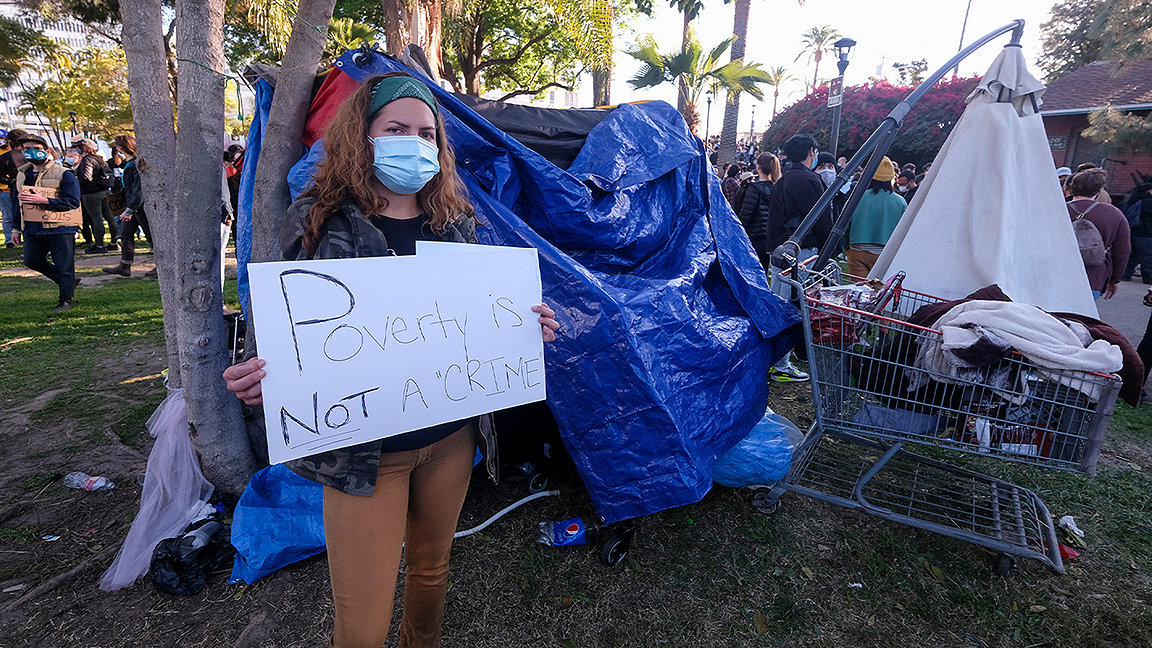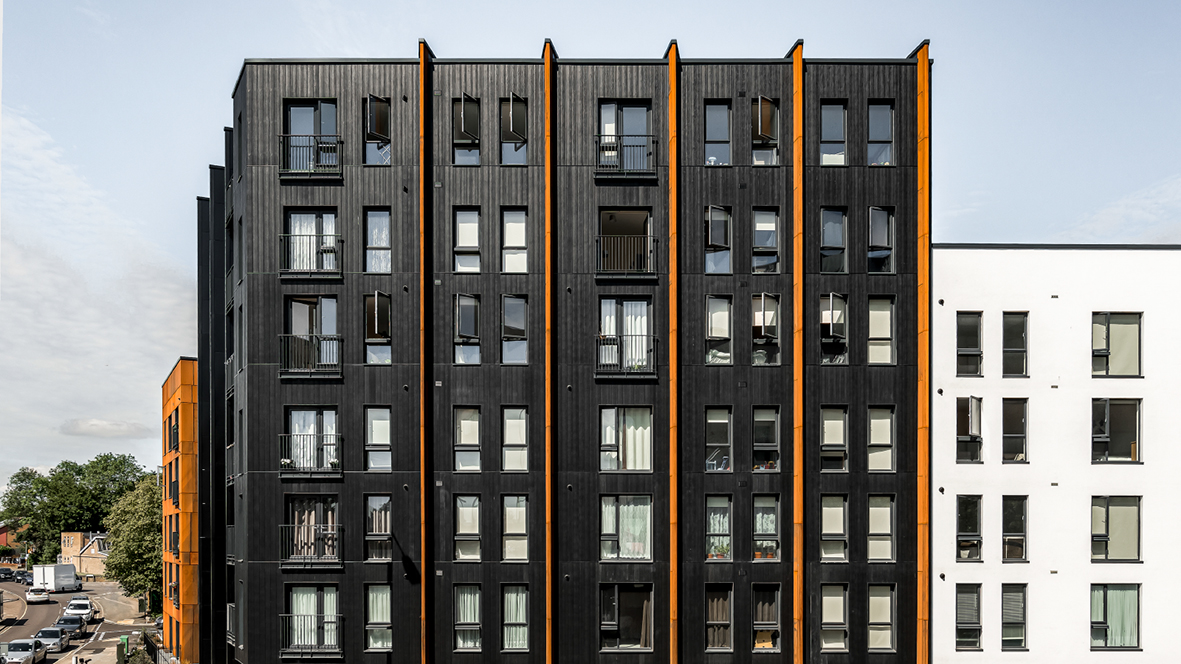
When the World Health Organisation declared the spread of the novel coronavirus a full-blown pandemic in March 2020, public health officials responded with one overriding message: stay home.
That mandate created a dilemma for the estimated 150 million people globally who do not have a place to call home. Governments quickly recognised the inherent contradiction for this population and began acting swiftly to bring rough sleepers indoors. But traditional homeless shelters with rows of beds in a large, shared room - so-called “congregate settings” - created their own risk of infection.
“Most of the Global North cleared the streets and did it through a combination of hotels and temporary accommodations,” says Nicholas Pleace, director of the York University Centre for Housing Policy and a member of the European Observatory on Homelessness.
Hotel rooms have not historically been a part of the European response to homelessness, with the UK particularly averse to the idea after the widespread use of bed and breakfasts as temporary accommodation generated media scandal. Due to their lack of cooking facilities and often cramped conditions, restrictions on hotel rooms meant that they were used as a refuge of last resort and, theoretically at least, only for a few weeks. But the pandemic called for emergency measures after the national government gave local authorities in England just 48 hours to house everyone who was sleeping rough.
According to Pleace, it resulted in 33,000 people moving off the street. Many of them were single adults who normally would have struggled to find support from their local authorities. Bringing that demographic into the stability of a hotel room, as opposed to the rolling schedule of night shelters, sleeping rough, and sofa surfing, created an opportunity to connect them with much-needed help from social services.
“For some people, that was the first time they had registered with a doctor, put in an application for social assistance, received immigration advice, applied for a change in visa status, or got into work training and online learning,” says Ruth Jacob, senior policy officer with Crisis, a British homelessness charity that was contracted to manage hotels housing rough sleepers.
Leasing hotel rooms was an innovation born out of another sudden pandemic-induced shift: the global collapse of the travel industry. But as consumers shifted to domestic travel in countries such as New Zealand, which successfully beat the pandemic and avoided rolling shutdowns after its initial lockdown, pressure built for these properties to revert to their original use.

“The opening up of motels for the homeless was very short-lived during lockdown,” says Graham Squires MRICS, professor of Property Studies at Massey University in New Zealand. “More broadly, the housing policy system is not very well joined up to deal with the difficulties within the market, such as affordability. Difficulties facing those that are homeless, such as social-psychological issues, are compounded by housing market affordability problems.”
In California, which with more than 160,000 homeless people is home to the US’s largest homeless population, the state government provided hotel rooms to about 22,000 people. It initially used federal money and injected another $62 million in state funds in November to keep people housed during the expected winter surge in COVID-19 cases. That temporary response evolved into a permanent programme called Project Homekey, which allocated $846 million to the purchase of 94 hotels and motels for conversion into over 6,000 units, to be used exclusively as permanent housing for rough sleepers for at least the next 55 years.
The crisis-driven opportunity provided a much-needed shake-up at the lower-end of the hospitality property market. “These are remnants of 50s and 60s drive-up style motels as well as extended-stay hotels built in the 70s, 80s and 90s,” says Geoffrey Ross, deputy director of the California Department of Housing and Community Development. “This older stock has reached the end of its useful life and it has great potential to be repositioned into long-term community assets.”
In tired properties in need of a refresh, the state knocked down walls to turn tiny rooms into larger family-sized units. In some cases, owners had already invested in refurbishment with the hope of offloading the property.
California’s model spread up the West Coast where, even before the pandemic, a widespread homelessness crisis dominated state and local politics. Oregon’s Project Turnkey has $65 million at its disposal. The local government of King County, the jurisdiction home of Seattle, hopes to raise $350 million through a sales tax increase for the purchase of these properties. As a result of newfound public-sector interest in the hospitality market, the $387 million of government purchases accounted for 3.3% of the $11.9 billion worth of US hotel property transactions in 2020, according to Real Capital Analytics. That growth amounts to 25 times more government purchases of total hotel property transactions from 2019 to 2020.
“This is happening on a scale that we haven’t previously seen,” says Samantha Batko, a researcher with the Urban Institute, a US think tank.
Back in England, Nicholas Pleace hopes to see a similar focus on permanent housing. “It’s not surprising that if you take people off the street, put a roof over their head, give them regular food and access to support, that their health and well being improves at least on a short-term basis,” he says. “But I wouldn’t confuse improvisation with an effective, integrated strategy.”
For some people, that was the first time they had registered with a doctor, put in an application for social assistance, received immigration advice, applied for a change in visa status, or got into work training and online learning

